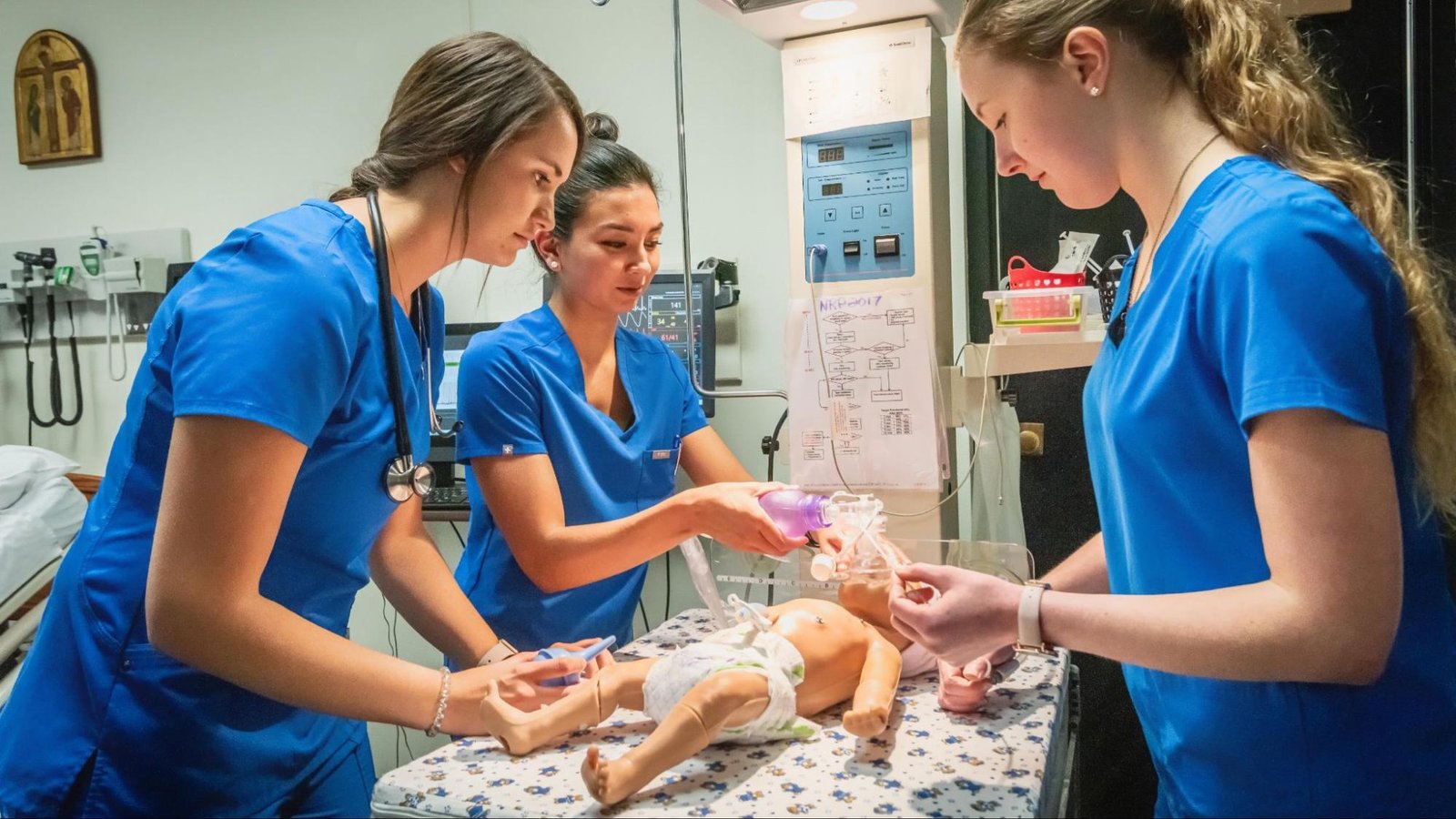Today our topic of discussion is Modes of Mechanical Ventilation.
Modes of Mechanical Ventilation

Modes of Mechanical Ventilation
- Control mode ventilation: The ventilator initiates and controls both the volume delivered and the frequency of breaths. In between, the machine breaths the patient is unable to breathe spontaneously or trigger a ventilator breath. This may result in increase in work of breathing for patients attempting to breathe spontaneously. It is indicated in patients with apnea, drug over dose, spinal cord injuries, central nervous system dysfunction, flail chest, paralysis from drugs and neuromuscular disease. In practice, control combined with other modes is widely used.
- Assist mode: It is a mode of ventilation in which the patient is able to initiate inspiration and to control the frequency of breathing. No minimum level of minute ventilation is provided. The major disadvantage of assist mode was the backup rate if the patient becomes apnele. Once inspiration is initiated ventilation will deliver Ras flow until desired volume, pressure or time limit is reached.
- Assist/control: It is a combination of assist and control modes. The tidal volume and the rate are preset when the patient’s makes an inspiratory effort the ventilator senses the effort and delivers the preset tidal volume. If the patients fail to initiate inspiration, the ventilator automatically goes into the backup mode and delivers the preset rate and tidal volume until it senses an inspiratory effort. This backup rate ensures a minimum minute ventilation in the event of apnea. Assist/control methods are used in neuromuscular disease such as myasthenia gravis or Guillain-Barre syndrome, post- cardiac or respiratory arrest, pulmonary edema, adult respiratory distress syndrome pH and PaCO, may be normal and the patient is able to control his respiratory rate and minute ventilation. Cycling the ventilation’s normal ventilatory activity and therefore prevents atrophy of the respiratory muscles. The disadvantages are respiratory alkalosis and ineffective ventilation and asynchronous breathing
- Intermittent mandatory ventilation (IMV): It allows patient to breath spontaneously with the ventilator providing mandatory breaths at a predetermined rate. Ventilator provides mandatory breaths at a predetermined rate at preset tidal volume. Gas provided for spontaneous breathing usually flows continuously through the ventilator circuit.

Advantages
- The iatrogenic effects of mechanical ventilation such as barotrauma and decreased cardiac output are reduced .
- Higher levels of pulmonary end expiratory pressure can be used because mean intrapleural pressure is lower (Burton et al. 1984)
- There is less chance for hyperventilation (Burton et al. 1984)
- IMV can be used as a means of weaning the patient from mechanical ventilation
- Less need for sedation for paralysis of patient on mechanical ventilation
- More even distribution of ventilation and lung blood flow.
Disadvantages
- Asynchronous breaths.
- Mandatory breaths may be imposed on the patient’s spontaneous inspiration or expiration
- Apnea or hypoventilation.
Uses of IMV
- Used as a primary means of mechanical ventilation
- Used in patients who have respiratory patterns that use asynchronous with the control mode
- Used in patients who hyperventilate on the assist control mode
- Used in patients who require some respiratory support but are able to breathe spontaneously
- Used as a means of weaning patients from mechanical ventilation.
Synchronized Intermittent Mandatory Ventilation (SIMV)
Allows patient to breath spontaneously through the ventilator circuit. At a preselected time, a mandatory breath is delivered. The patient may initiate the mandatory breath with his own inspiratory effort and the ventilator breath will be synchronized with the patients effort will be assisted.

If the patient does not provide inspiratory effort the breath will be delivered as controlled. Gases provided for spontaneous breathing is delivered through a demand regulate which is activated by patient.
It is comfortable for the patient. Disadvantages and clinical uses are same as chart of IMV. In addition, it is used whenever lack of synchronous breathing seems to effect patient’s ability to be weaned.
Read more:
